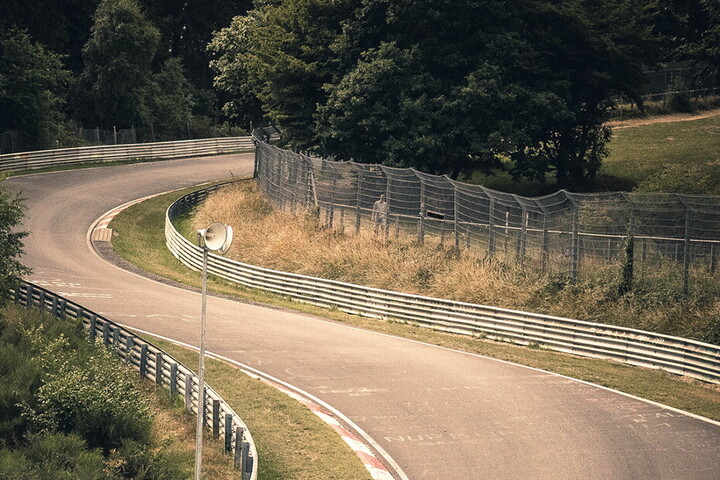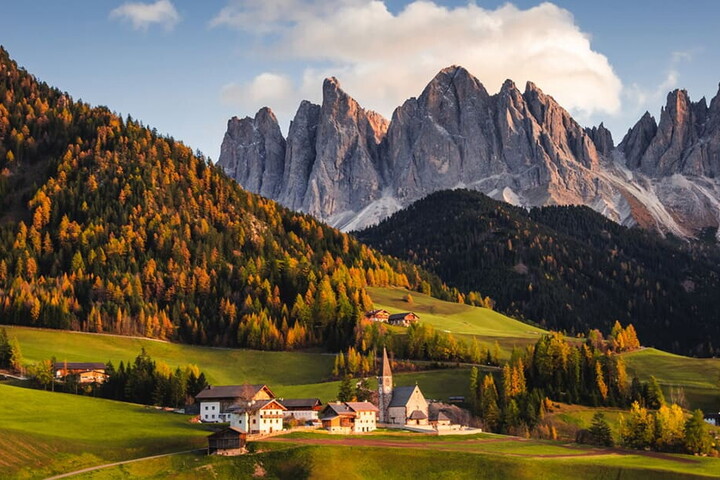The history of car colour is about two related forces – the ability of chemical engineering to create beautiful tones and the changing tastes of car buyers.

Back in 1909, when Henry Ford's Model Ts were being produced in huge numbers, chemistry ruled. Ford, it is said, offered his customers a car in any colour they wanted “so long as it is black”. He favoured his black asphalt-based enamel paints because they were the fastest to dry even though, amazingly, a full paint job could take up to 40 days.
Then in 1918 new paints emerged made with Chinese wood oil. They could be sprayed on and cut drying times by up to a third. Drying tunnels speeded up the process even further and in the 1920s brilliant shades began to emerge. Cars often sported more than one colour and some Lincolns were decorated with painted birds and butterflies, but there was a problem – the colours faded in the sun.
A world of colour
So it was back to the chemists – and General Motors joined forces with chemical company DuPont to create pyroxylin, which could be mixed with pigment to create durable coatings in rainbow colours that dried in minutes. In 1923 their so-called Duco paint made its debut at the New York Auto Show on GM's True Blue Oakland Sixes – a collection of sedans adorned in bright blue lacquer. The world of affordable and reliable colour was born.
Manufacturers were quick to exploit the trend. In Italy, Alfa Romeo, Maserati, Lancia and later Ferrari became synonymous with rosso corsa – or racing red – which was the country's national racing colour. In the UK, a more down-to-earth racing green established itself as the colour of sports-car makers, including the Bentleys that won the Le Mans 24-hour race and the Aston Martins, Vanwalls, Coopers and Lotuses that later excelled in Formula One.
In the 1930s metallics appeared with a sparkle that was often created using fish scales. With 40,000 herring scales going into each litre of paint, they were expensive but perfect for showing off the bold, curved bodywork of the day. Gleaming chrome trim completed the look.
Personal choice
After the Second World War, manufacturers established advisory panels to test customer preferences and the answer was yet more colour. Car colour was becoming a more personal statement and chemistry could deliver. Rock stars zipped around in garish paint jobs – Janis Joplin's psychedelic Porsche turned heads while Bruce Springsteen crooned about a pink Cadillac.
Around the time of the 1970s oil crises, earthy tones – especially browns – were popular, perhaps the result of a more ecological mindset. The American Bicentennial of 1976 seemed to spark a trend for a star-spangled red, white or blue. Popular TV detectives Starsky and Hutch revved around in a bright red Ford Gran Torino with white stripe.
But then, year by year, the number of brightly coloured cars began to dwindle. Yes, Ferraris have remained red for the most part and Lamborghini fans often have a penchant for yellow or even orange, but then prestige and supercars often buck the trend because their owners are happy to stand out from the crowd.

Toned down
Today, if you look around you at the latest cars on the road, you will see a majority are white, black, grey or silver. While regional differences do exist, the global picture is remarkably consistent.
Car-paint maker Axalta Coating Systems, which has been keeping a log of car colour choices for 65 years, says white accounts for an astonishing 39 per cent of cars around the world. According to its 2017 Global Automotive Colour Popularity Report, black is second on 16 per cent, while silver and grey are equal third on 11 per cent each. Blue cars form a measly seven per cent and red just six per cent.
So have we become more conservative – boring, even – in our choice of car colour?
Not necessarily. Selecting white in a hot country is logical because it reflects the heat of the sun – and in the era of sleek digital devices, the world's car buyers have fallen in love with pared-back minimalism. “With its modern appeal, white continues to be the top seller worldwide,” explains Nancy Lockhart, marketing manager at Axalta Coating Systems. In this sophisticated new world white, of course, is no longer just white. “Pearlescent whites gained four per cent in popularity this year,” Lockhart adds.
Shades of grey
Grey is rising fast, though. At Ford Europe, for example, grey cars are the top seller. “Even we're surprised at how popular it has become,” says Julie Francis, colour and material design manager at Ford, which has produced more than 50 different shades of grey since the 1990s. “Grey is a great untapped colour, offering new ways to be cool and different in the modern age – and that makes it exciting and something people are prepared to pay extra for.”
An alternative explanation for the rise of grey is that it suits our mood in the light of political upheaval and global challenges. “When there is a level of uncertainty we tend to retreat and gravitate towards things that make us safe, which is why grey is so popular,” explains Karen Haller, a colour psychology consultant. “This trend has really taken off because it is also a colour that recedes, allowing for more vibrant colours to take centre stage. It really depends on your outlook.”
And that's good news for those car owners who continue to favour more colourful hues – in the world's increasingly grey, black and white car parks, their cars will stand out more than ever.




